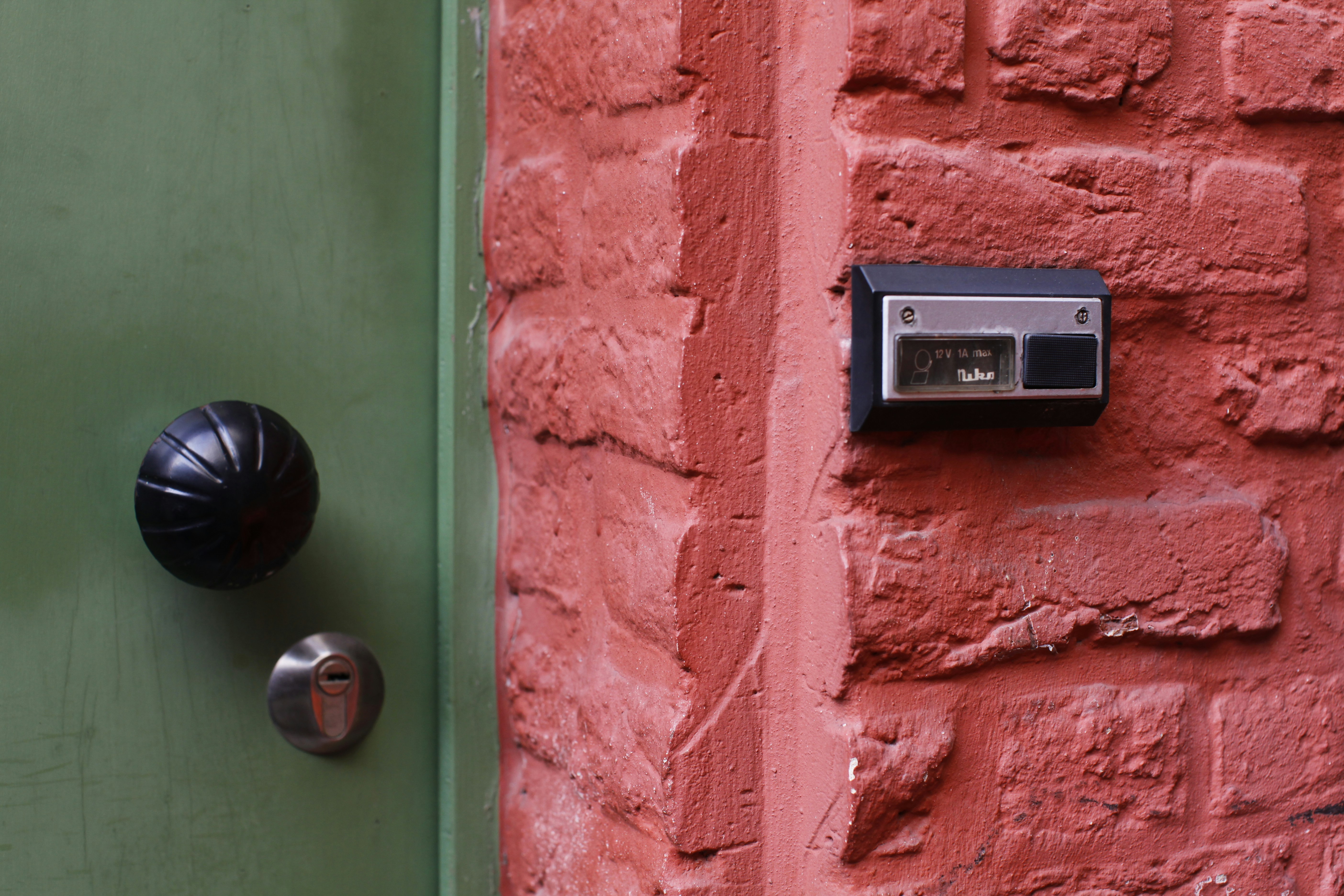Micro-Mobility Gadgets in 2025: Elevate Your Urban Experience Today
Urban living in the year 2025 has seen a remarkable transformation, shaped largely by the rise of micro-mobility gadgets. In bustling cities, where congestion and environmental concerns grow more severe daily, these innovative gadgets provide practical, fun solutions to mobility challenges. They’re not just replacing traditional forms of transport, they’re also reshaping how we interact with our urban spaces, fostering a new wave of connected city living. In this article, we’ll dive into the latest micro-mobility innovations and their ability to enhance everyday experiences.
The Rise of Micro-Mobility: What’s Driving the Trend?
As urban populations continue to swell, cities grapple with the need for efficient, eco-friendly solutions to transportation. Micro-mobility gadgets like electric scooters, e-bikes, and hoverboards are gaining traction as savvy alternatives to cars, offering flexibility and a significantly smaller environmental footprint. According to a report by the International Transport Forum, electric scooters alone accounted for over 20% of new urban transport registrations in 2024, highlighting the transition toward sustainable urban mobility.
While micro-mobility itself isn't new, 2025 has ushered in a clever fusion of design and technology. With advancements in materials and battery technology, manufacturers are producing lighter, more durable vehicles that are easier to navigate through crowded city streets. This evolution in product design is just one aspect of how contemporary urban designs enhance personal tech's implications on city living.
The Tech Behind Micro-Mobility: Smart and Sustainable
The beauty of micro-mobility gadgets lies not only in their portability but also in their smarts. Manufacturers have embraced Internet of Things (IoT) technology, enabling gadgets to connect seamlessly with user-friendly applications. You can unlock your electric scooter with a simple tap on your smartphone, track your ride, plan routes that avoid congested areas, and even find charging stations.
Additionally, there’s a growing emphasis on sustainability. As cities aim to decrease their carbon emissions, electric micro-mobility solutions have become vital. E-bikes, for example, are often equipped with regenerative braking that enhances battery life. This innovation supports a greener urban environment, aligning with the broader sustainability goals of many municipalities. You can read more about sustainable tech in our previous article on eco-friendly companions.
Enhancing City Life: How Tech Comforts Urban Dwellers
Living in a modern city can sometimes feel overwhelming, but micro-mobility gadgets offer an unexpected solution: freedom. Imagine effortlessly cruising from your apartment to work on an electric scooter or enjoying a leisurely ride home on a sturdy e-bike, breathing in the sights and sounds of your local neighborhood. These devices not only create a sense of adventure but can also ease the stress of metropolitan living by reducing commute times.
Moreover, the integration of personal tech in our daily lives extends beyond transportation; smart gadgets are being developed to enhance urban dwellers' everyday experiences. With the rise of urban exploration gadgets, people can now experience their city in new ways. For tips on exploring urban landscapes, check out our article on tech gadgets for urban explorers.
The Future of Micro-Mobility: Trends to Watch
Looking ahead, several intriguing trends in micro-mobility are likely to shape how we experience urban life. New safety features are constantly being developed. Many electric scooters and bikes are now coming equipped with smart helmets, which include built-in Bluetooth for music and calls, along with collision detection systems that alert riders to dangers. This technology promotes not just convenience but also safety, allowing users to enjoy their daily commutes without unnecessary distractions.
Furthermore, urban planning is evolving in tandem with micro-mobility trends. Cities are becoming increasingly bike-friendly, with dedicated lanes and parking spots that encourage the use of these gadgets. Infrastructure is being designed to streamline the integration of micro-mobility options, making them attractive alternatives to private car use. While the journey toward comprehensive urban mobility continues, residents are finding new independence and excitement through these rapid changes.
The Role of Social Interaction in Micro-Mobility
A surprisingly rich social aspect accompanies micro-mobility gadgets. Items like electric scooters and e-bikes are popular in group settings—whether riding with friends or meeting other riders in shared spaces. Mobility doesn’t just apply to getting from point A to point B; it’s about fostering community.
Shared micro-mobility services, where users can rent a gadget on-the-go, have surged in popularity and engagement. These services encourage interaction among riders, who frequently exchange tips about their experiences or discuss their favorite urban routes. This communal experience lends a lighthearted fun element to city commuting that car travel simply cannot replicate.
To delve deeper into the relational aspects of technology, consider our piece on companionship through technology and how it shapes our lives. Much like companion robots, these micro-mobility gadgets invite social connection through shared experiences.
Navigating Challenges: The Dark Side of Freedom
Despite the numerous advantages offered by micro-mobility gadgets, they are not without challenges. One significant concern is safety. Accidents involving e-scooters continue to rise, prompting discussions on necessary regulations and protective measures. Many cities have begun implementing stricter guidelines on where and how these gadgets can be used, but educational campaigns for riders are also critical in promoting safe practices.
Additionally, the rise of micro-mobility gadgets comes with environmental caveats. While electric scooters emit no tailpipe emissions, their manufacturing and eventual disposal can have environmental repercussions. Consequently, sustainable design principles are gaining traction, with calls for manufacturers to focus on creating products that not only deliver performance and convenience but can also be fully recycled or biodegraded.
The Role of Legislation in Micro-Mobility Growth
As micro-mobility becomes an established aspect of urban life, legal frameworks are adapting to accommodate this new mode of transport. Governments around the world are examining how best to regulate e-scooters, bikes, and similar devices while also maintaining user safety.
Information about licensing, speed limits, and usage regulations can vary widely from city to city, leading to confusion among users. For this reason, staying informed about local laws can enhance your riding experience. As legislation evolves, it’s crucial to recognize that effective governance could lead to a more harmonious integration of micro-mobility gadgets into our urban fabric.
Preparing for Smart City Integration
As we edge closer to 2030, cities are increasingly adopting the concept of "smart cities," which includes the use of advanced technology in urban planning. Micro-mobility gadgets will likely play a vital role in this evolution. Imagine a future where these gadgets seamlessly integrate with city infrastructure, where sensors track traffic flow, and algorithms manage transport modes—ultimately providing more efficiency and reduced congestion.
Smart mobility solutions could offer real-time data to users about the availability of micro-mobility tools, forecasted weather conditions, and optimal travel routes. Such advancements could transform urban living, fostering not only greater independence but also a more sustainable lifestyle.
If you want to learn more about smart tech and its impact on living spaces, check out our article on AI-powered home automation.
Navigating Your Micro-Mobility Experience
With so many gadgets now available, choosing the right micro-mobility device can feel daunting. Factors such as speed, range, portability, and price will significantly impact your decision. In 2025, many companies provide tailored options, whether you're a casual rider looking for ease of use or a daily commuter needing long-lasting battery technology.
It's essential to consider not just personal preferences, but also local regulations and infrastructure—does your city provide bike lanes, or is it scooter-friendly? Keeping these elements in mind will lead to a more enjoyable and safer experience on your chosen micro-mobility device.
Embracing the Future of Urban Movement
Micro-mobility gadgets are substantially altering how we navigate our cities, offering a world of benefits for urban dwellers in 2025. With technology advancing rapidly to meet sustainability goals while enhancing convenience, there’s never been a better time to embrace this revolution of personal transport.
Soon, the nature of mobility won’t be centered solely around vehicles but will be more about the integration of diverse, smart personal gadgets. With an exciting future ahead, the key for each individual will be to explore and experience what these inventions can bring to urban living—healthy commuting, lowered stress levels, and defining connections among communities.
Armed with these innovations, urban residents can amplify their adventures and navigate their cities with newfound freedom.



